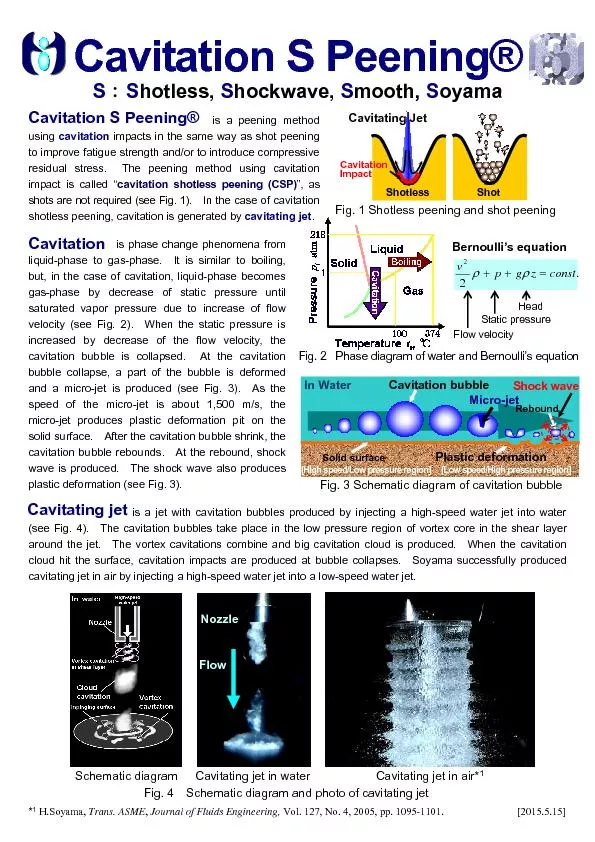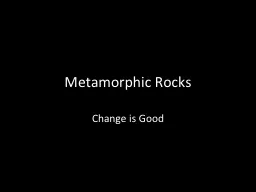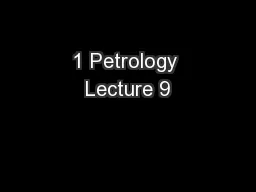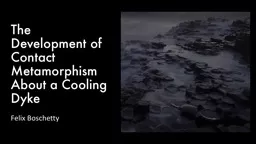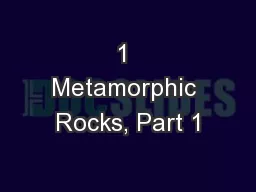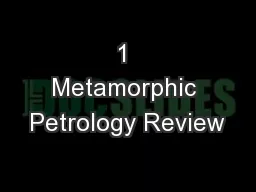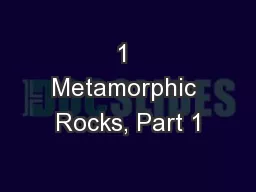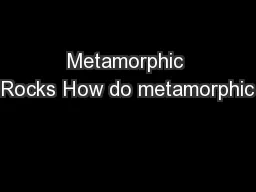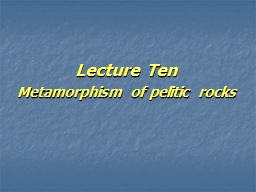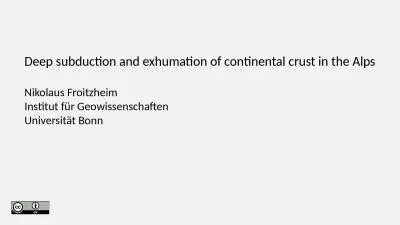PPT-UHT/ UHP Met UHT Ultrahigh-temperature metamorphism
Author : lam | Published Date : 2023-10-04
UHT represents extreme crustal met with T exceeding 900 1100C P 713 Kb Granulite facies rocks metamorphosed at very high temperatures were identified in
Presentation Embed Code
Download Presentation
Download Presentation The PPT/PDF document "UHT/ UHP Met UHT Ultrahigh-temperature m..." is the property of its rightful owner. Permission is granted to download and print the materials on this website for personal, non-commercial use only, and to display it on your personal computer provided you do not modify the materials and that you retain all copyright notices contained in the materials. By downloading content from our website, you accept the terms of this agreement.
UHT/ UHP Met UHT Ultrahigh-temperature metamorphism: Transcript
Download Rules Of Document
"UHT/ UHP Met UHT Ultrahigh-temperature metamorphism"The content belongs to its owner. You may download and print it for personal use, without modification, and keep all copyright notices. By downloading, you agree to these terms.
Related Documents


